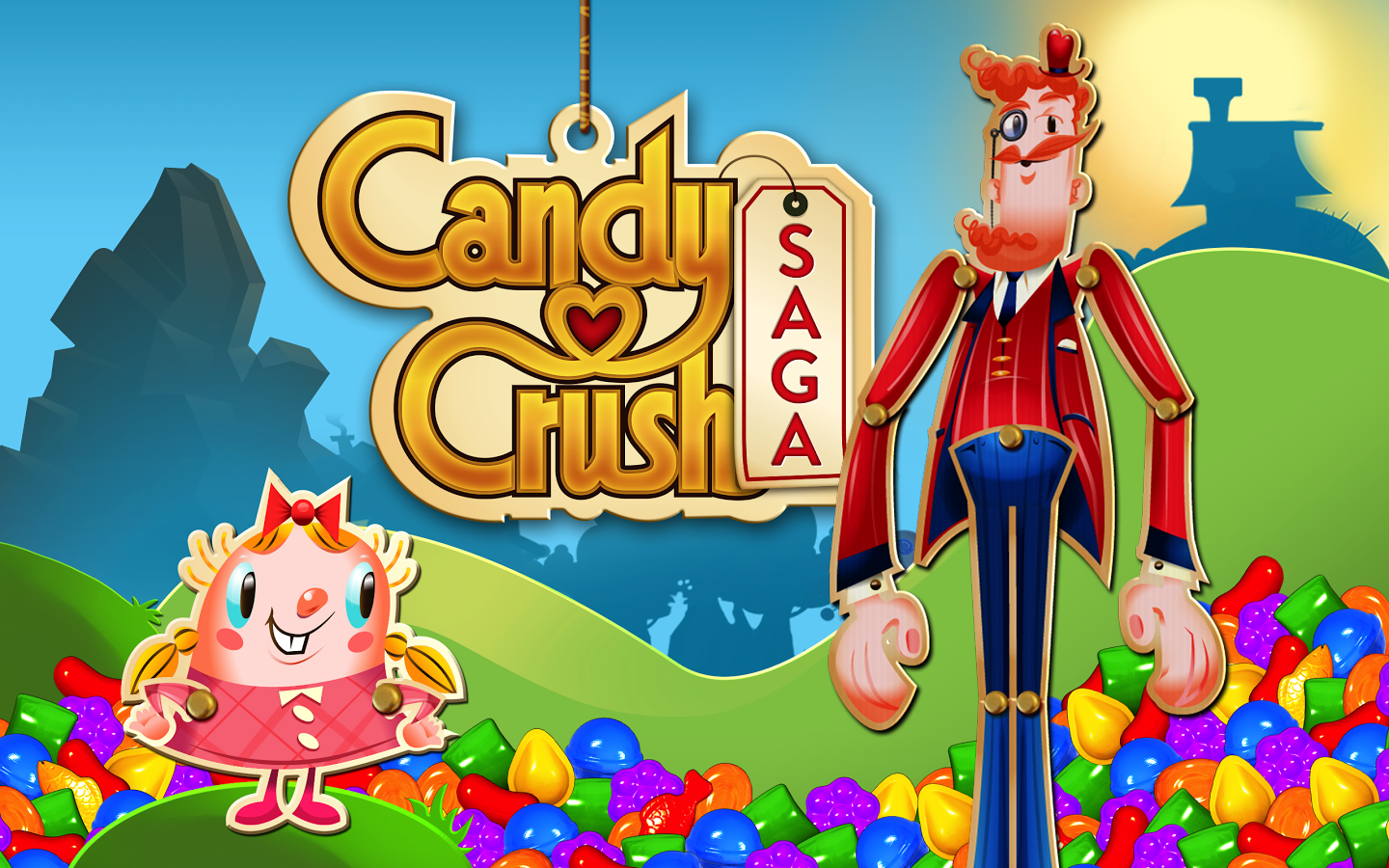In 2013 candy crush made 850 000 per day

Candy Crush: The Mobile Phenomenon that Generated $850,000 per Day

Have you ever found yourself helplessly addicted to a mobile game? One that seems to consume all your spare time and keeps you coming back for more? Well, you’re not alone. In fact, one game in particular managed to captivate millions of players worldwide and generate a staggering $850,000 per day in 2013. That game is none other than Candy Crush Saga.
Candy Crush Saga, developed by King, became an instant hit since its release in 2012. It quickly gained popularity, attracting players of all ages and backgrounds. The game’s simple yet addictive gameplay, combined with colorful and eye-catching graphics, made it hard for anyone to resist its charm.

So, how did Candy Crush manage to rake in such an astonishing amount of money on a daily basis? The answer lies in its cleverly designed monetization strategy. While the game could be downloaded and played for free, it featured various in-app purchases that players could make to enhance their gaming experience. These purchases ranged from extra lives and boosters to unlock new levels. It’s no surprise that many players couldn’t resist the temptation of spending a few dollars to progress further or overcome a particularly challenging level.
In addition to in-app purchases, Candy Crush Saga also relied heavily on its advertising revenue. The game strategically placed ads in between levels and offered players the option to watch video ads in exchange for boosters or extra lives. This clever integration of advertisements further added to the game’s revenue stream.
Candy Crush Saga’s success can also be attributed to its widespread availability across different platforms. The game was initially released for Facebook, taking advantage of the social media giant’s massive user base. It quickly gained traction within the Facebook community and attracted millions of players. Recognizing the potential for even greater success, King later released the game for mobile devices, including iOS and Android. This move proved to be a game-changer, as players could now enjoy the addictive gameplay on the go, further boosting the game’s popularity and revenue.
Despite its undeniable success, Candy Crush Saga also faced its fair share of criticism. Some players accused the game of being too addictive, leading to concerns about excessive screen time and its impact on mental health. Additionally, others questioned the fairness of the game’s difficulty progression and the necessity of in-app purchases to progress at a reasonable pace. However, the game’s immense popularity and financial success persist to this day.
In conclusion, Candy Crush Saga stands as a mobile gaming phenomenon. Its addictive gameplay, clever monetization strategy, and widespread availability catapulted it to the top of the charts, making an astounding $850,000 per day in 2013. Whether you’re an avid player or not, there’s no denying the impact and financial success of this mobile game sensation.
Source: Digital Strategy Consulting
Share
Related Posts
Quick Links
Legal Stuff

